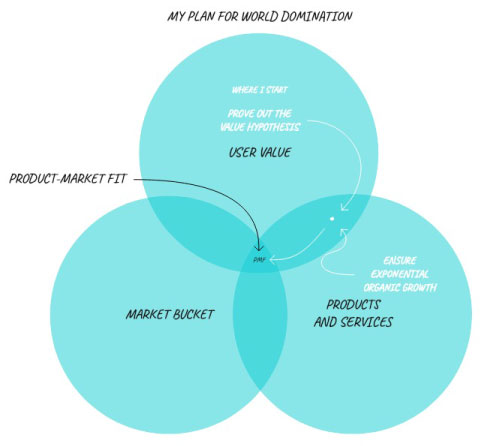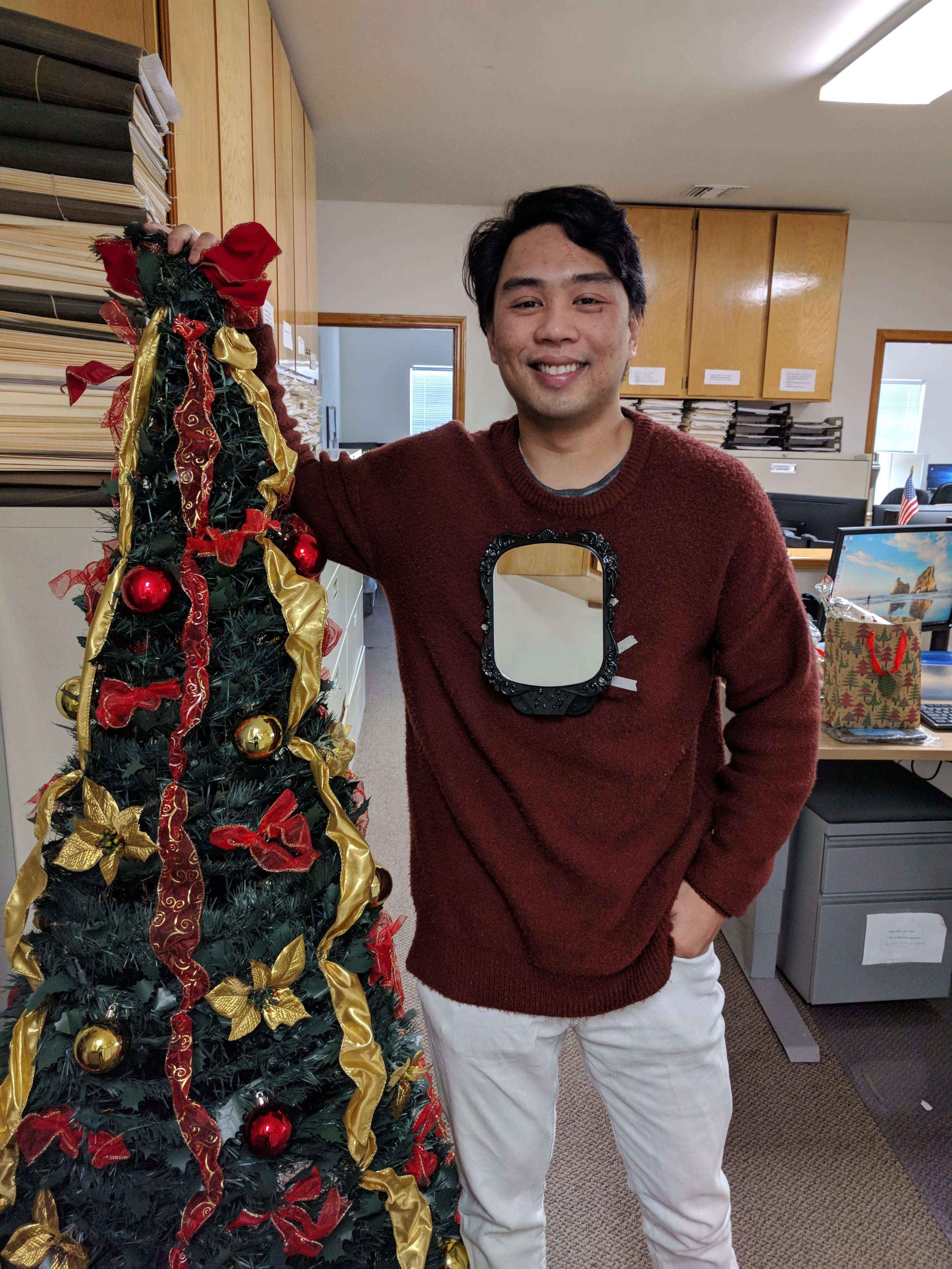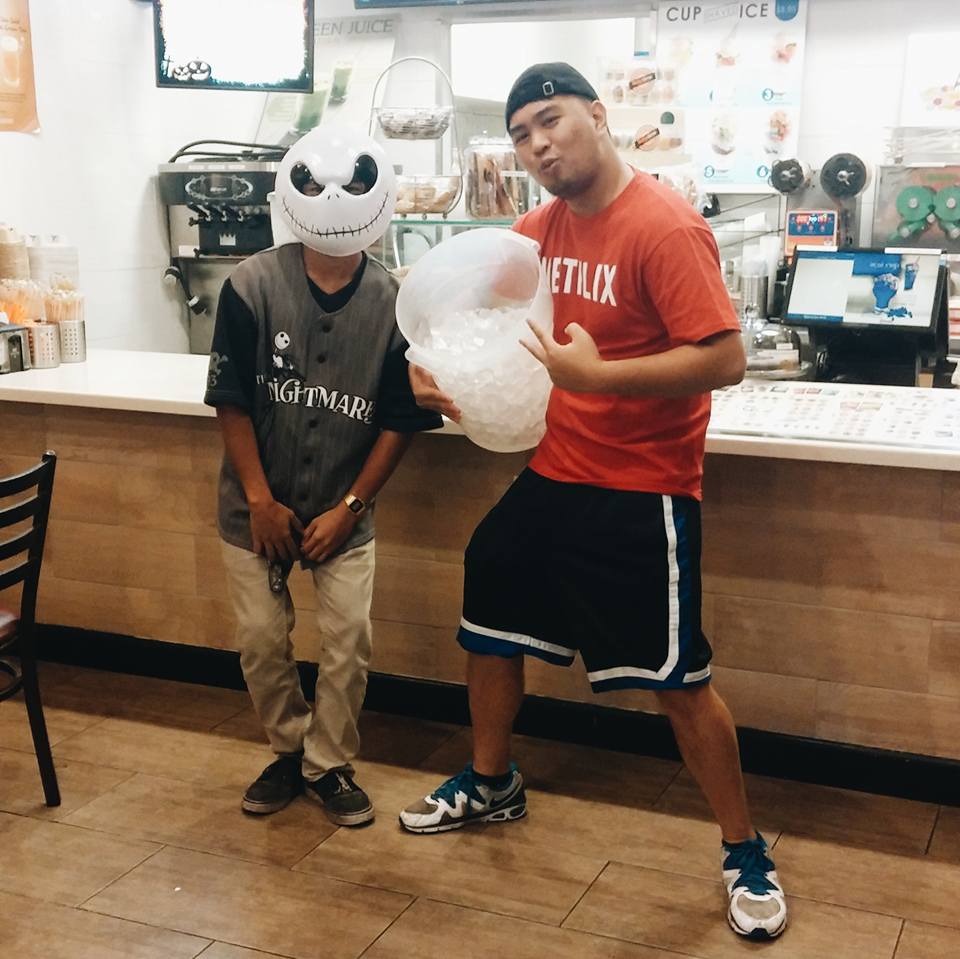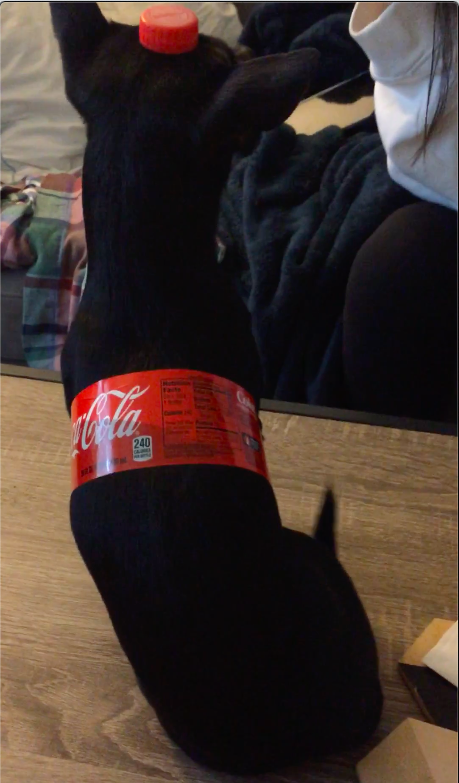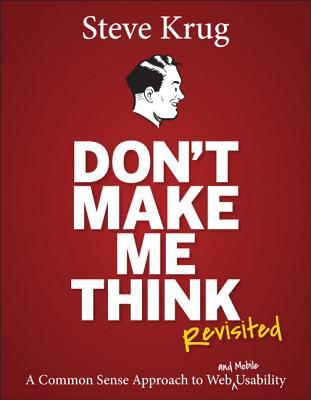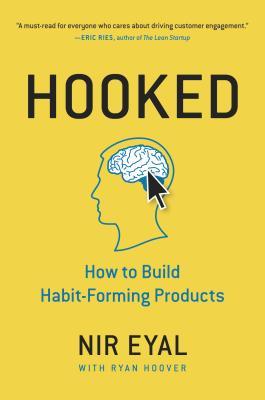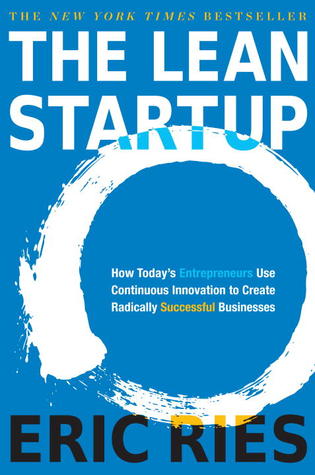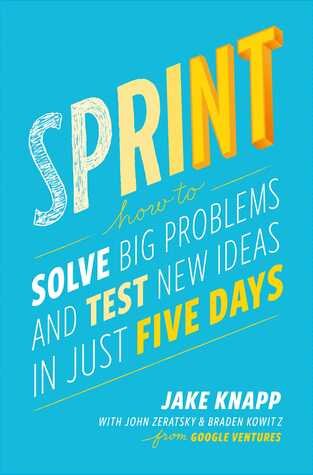In order to create a desirable and viable product that tackles the target user's problem, my work relies on gathering honest user insights and synthesizing the meaning behind the collected data. This data is arranged and dissected to create an organized solution.
An empathetic design approach should always put the research findings first, rather than a pre-conceived idea to synthesize a viable solution. Using Personas based on real-life people I know, I can identify on a personal level the target user’s behaviors, needs, and pain points.
I yield a wide array of ideas: from the far-fetched to the ideal, re-framing ideas to challenge assumptions, mixing, remixing, sharing, and redefining.
By building tactile prototypes, I weigh the impact vs. feasibility of the solution by brainstorming and getting feedback from real users by presenting low-fidelity test paper prototypes and high-fidelity digital prototypes. When testing these solutions, the first two questions I ask myself are:
'“Does this solution meet users’ needs?”
"Has it improved how they feel, think, or do their tasks?”
These steps are repeated to draw insights on which ideas need refinement or change until proving the solution's integrity.
Ultimately, my focus must go back to empathizing with the target user's problem and making sure that the vision is implemented within the solution.












